The Subaru WRX is the gift that keeps on giving. It’s been delivering affordable driving pleasure for more than 30 years now. The model debuted as the Impreza WRX in Japan back in 1992, and went on sale here in 1994.
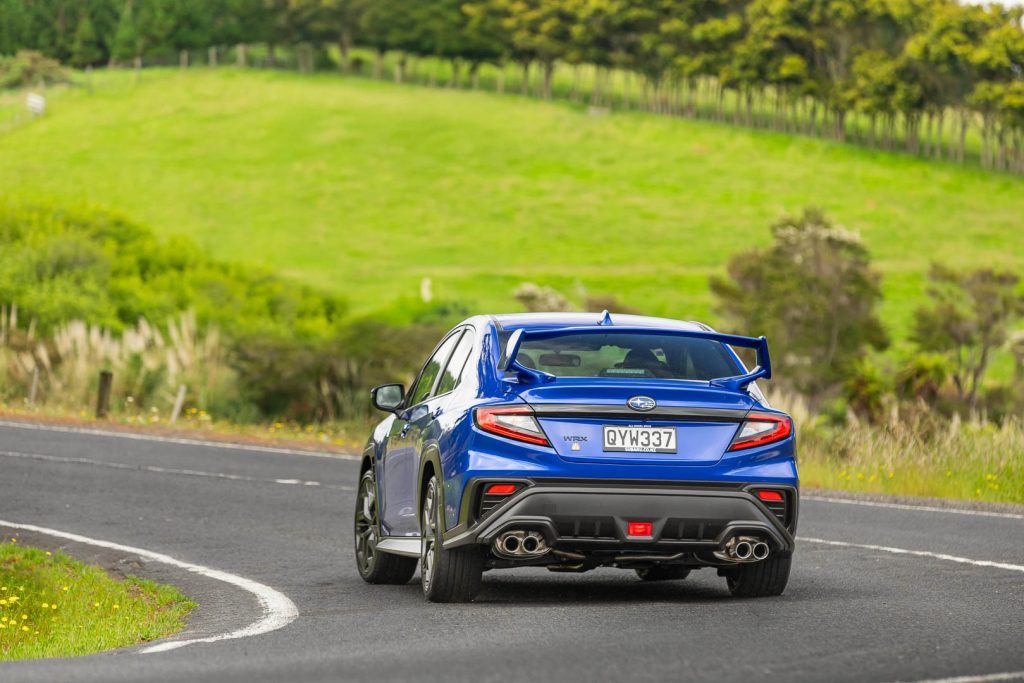
There have been quite a few since then, all brewed up using the same formula; a turbocharged four pot with the cylinders laid flat feeding its power to all four wheels, WRC style.
There have been some missteps over the years, but we’re glad Subaru has kept up the WRX model line. Overall, it has been a hit as a driver’s car fit for New Zealand roads.
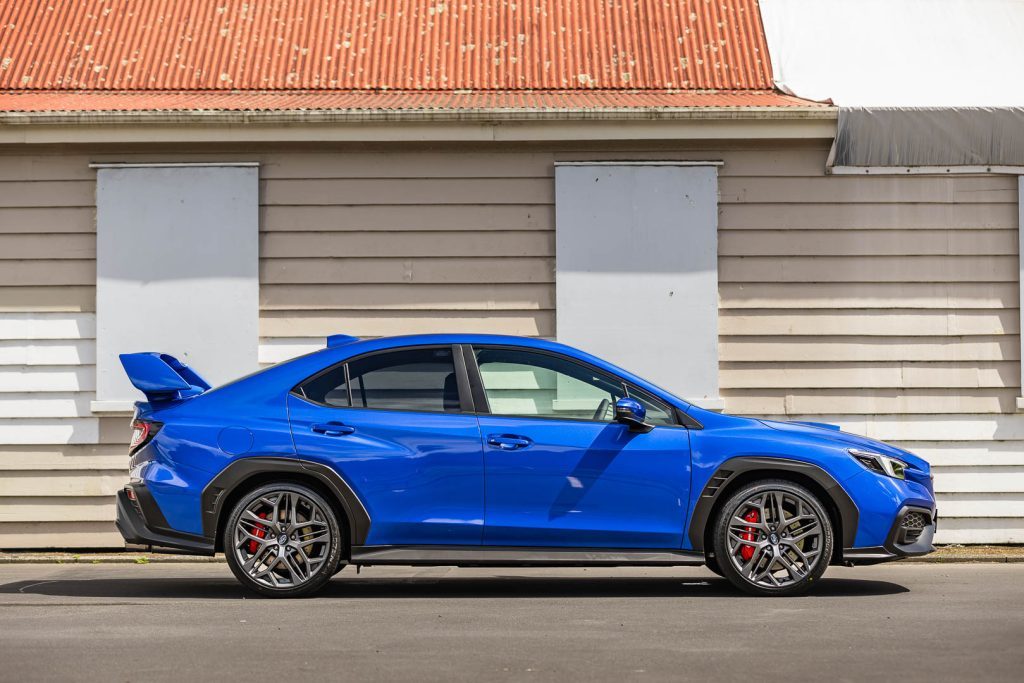
The latest generation of WRX hasn’t exactly been a runaway sales success, numbers gutted by the Clean Car fee and the model hasn’t really recovered. Plus, it’s a sedan in an SUV world.
Locally, Subaru has taken to issuing special run cars (Like the Subaru WRX AKA 2.4). We’ve driven a few over the years, and this is the latest.
The Todoroki is limited to just ten cars, and celebrates 30 years of the WRX nameplate being here. As a WRX should be, they are all equipped with a manual transmission and painted in WR Blue.
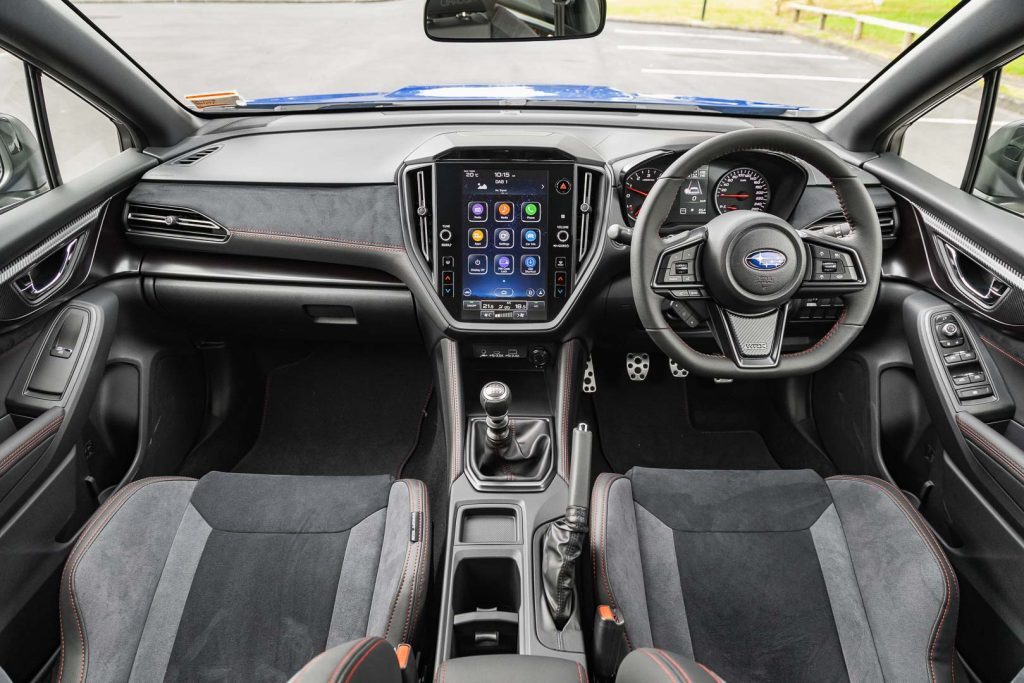
Todoroki means ‘roar’ but also translates to ‘well known’ or ‘famous’, if you’re wondering.
These Todoroki gain a set of Recaros up front and 19-inch alloys wrapped in Bridgestone Potenza S007 rubber. In behind, you’ll spot the six-pot Brembos slowing the front drilled rotors (two-piston Brembos on the rear).
It all rides on ‘specifically tuned’ suspension components. These include optimised springs and dampers while there’s dual-pinion electric power steering. Finishing off the look is a big STI-style rear spoiler.
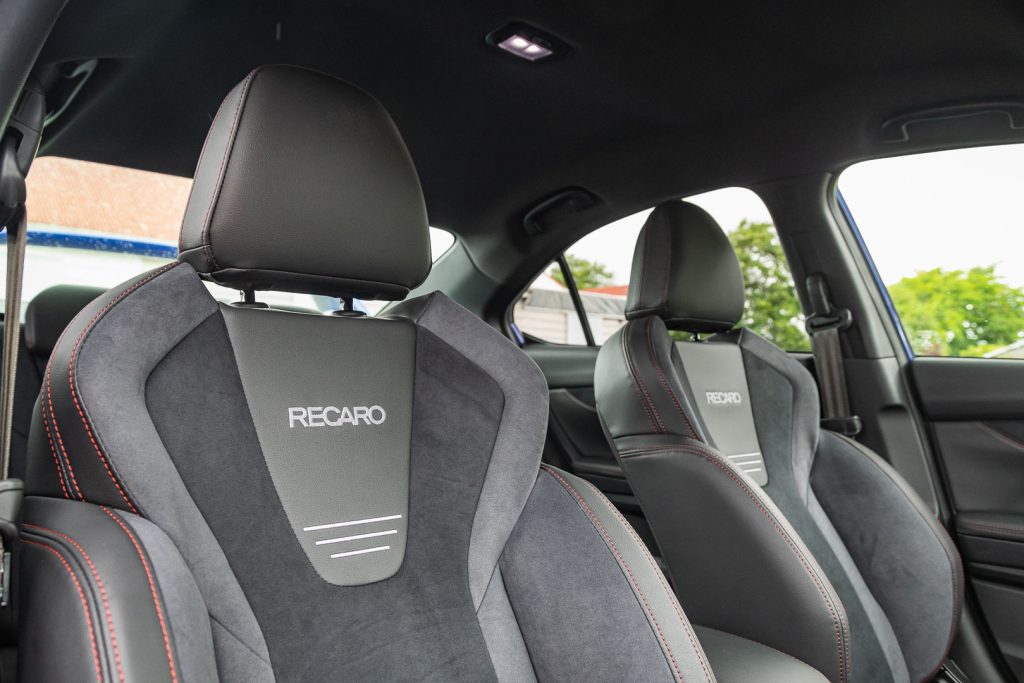
Owners will also receive an exclusive STI watch and a numbered presentation key box. The price is $64,990, and currently it’s the only WRX you can get with a sold-out message on the local Subaru website.
Is this the end of the line for the WRX locally?
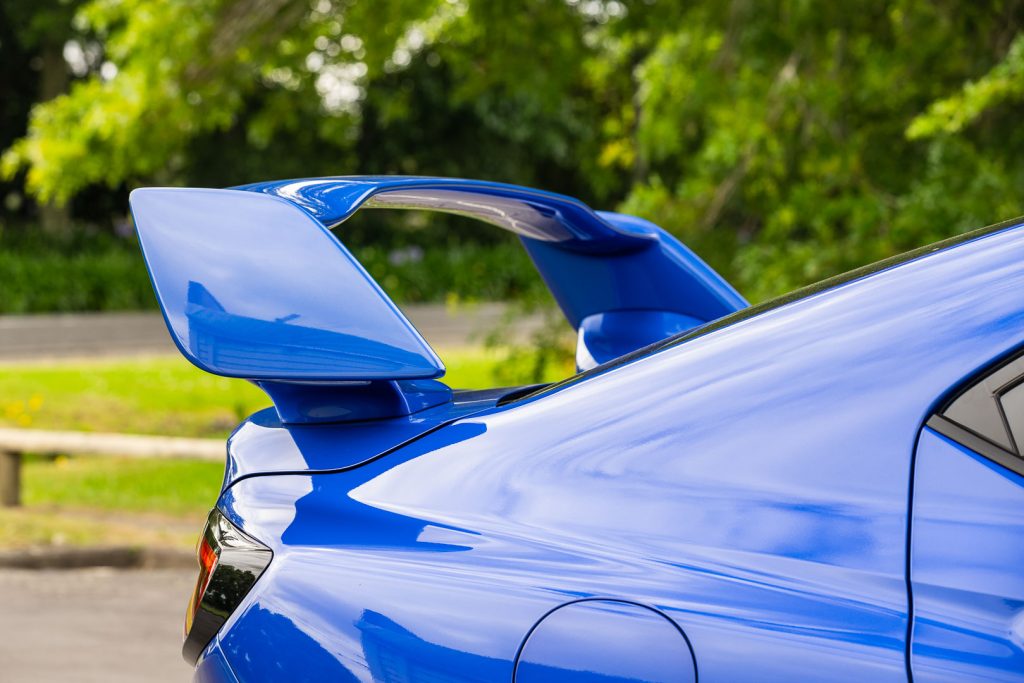
If so (and it’s pure conjecture from our point) it’s going out on a high. The Recaros are a snug fit and adjust electrically on the driver’s side.
Most will find they can get low enough, with a decent range of adjustment for the squab also. Some would likely moan about a lack of lumbar support, but toss in your McKenzie roll and you’ll be right.
While at first it feels like the gear lever is a bit canted over to the left, obviously optimised for those who drive on the right side of the road, you do get used to it. The throw is minimal, the travel across the gate tight, and there’s a dash of the usual Subaru notchiness to it.
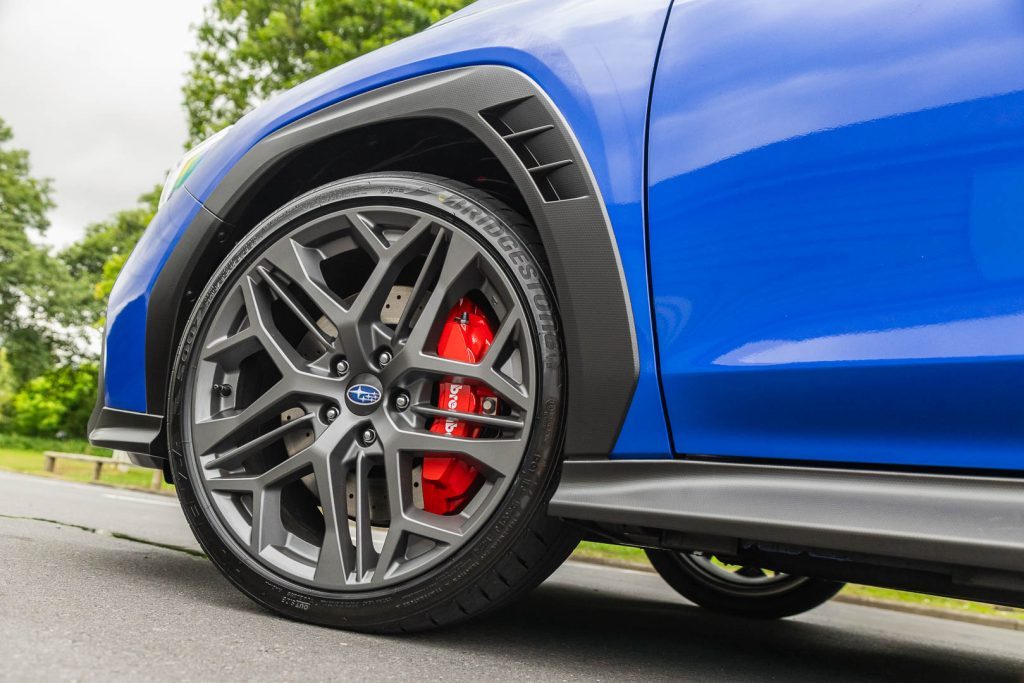
Reverse can be stubborn to engage, particularly before the oil has warmed. The clutch is well weighted, the bite point not too sharp.
The best aspect? No dreaded ‘rev hang’ like the previous generation manual suffered. Dip the clutch and the revs drop smoothly to meet the next ratio.
As a commuter, it works fine. There’s still a real handbrake but also a hill holder, the steering weight is light, the turning circle tolerable and there’s a decent view all around.
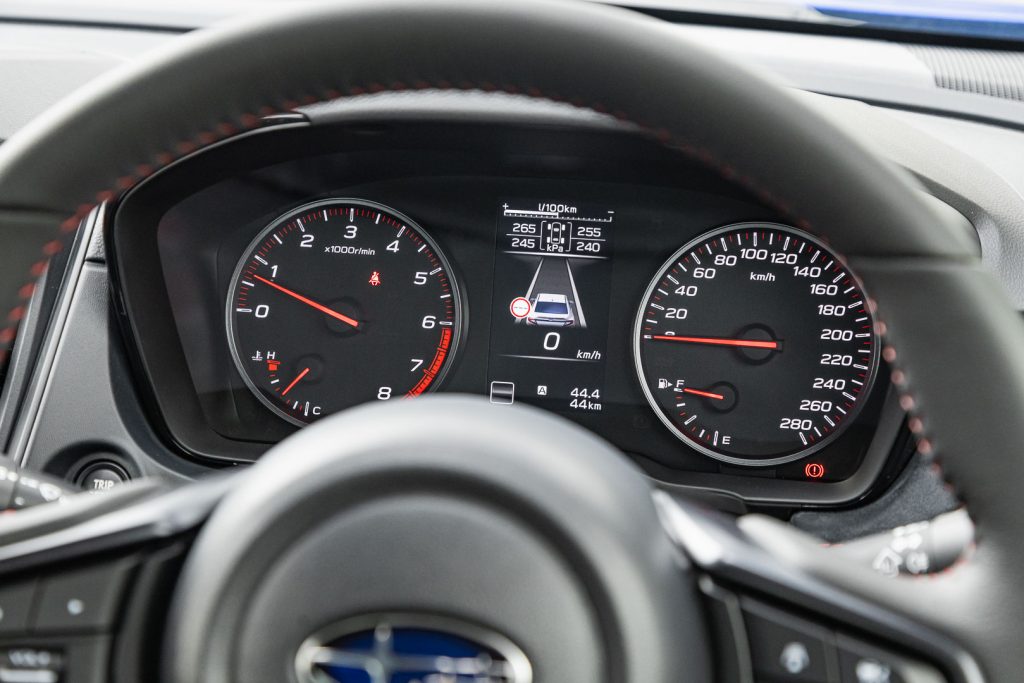
The wing is set high enough that it doesn’t hinder rearward visibility, and nor does it wobble around like they used to. There’s just the regular old reverse camera but you’ll manage okay.
And this is the first manual Subaru paired with the Eyesight safety kit. That means you get the semi-annoying lane keeping system, but you can turn that off (and it seems to stay off too) and you get adaptive cruise control.
Just remember to change down a gear or two when the traffic slows ahead.
The ride has STI stamped on it. It’s one for those that like to feel the road being travelled; it’ll certainly wake you up on your morning commute.
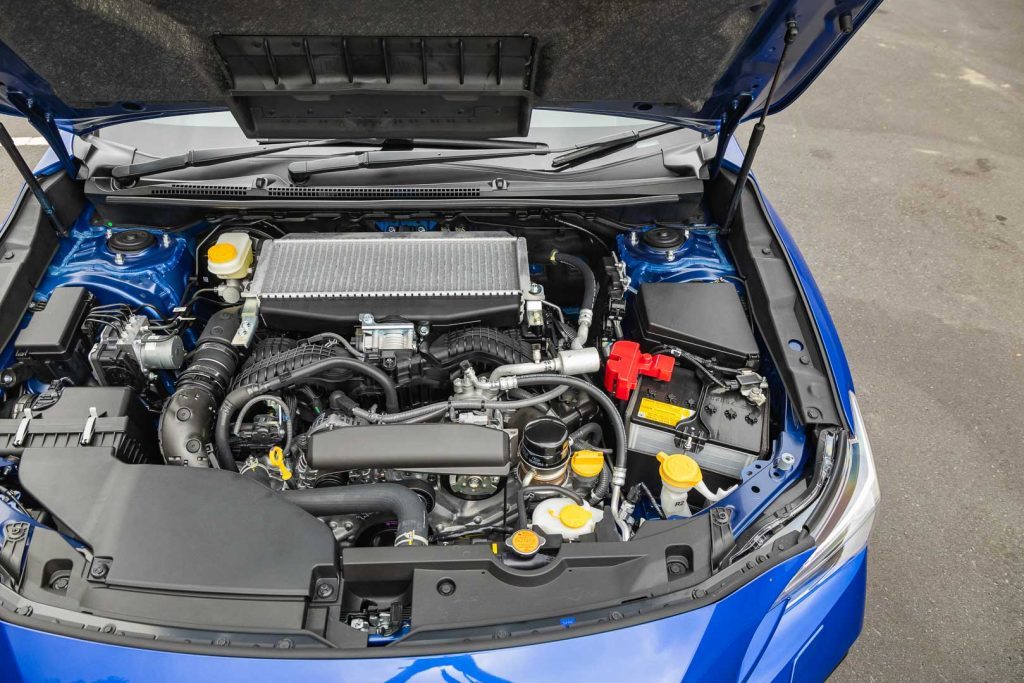
But it’s one that works once you get into WRX territory. There’s no need to switch up the driving modes as there are none; just hit the gas harder. The suspension gels better at speed.
Choice lumps will tickle the bump stops but it’s all taken in its stride. And the added control is appreciated, turn in crisp, roll minimal.
The steering is likeable. It’s relatively light but not shy of feel. A few rattles tingle up through the rack but there’s also a good feel for the front treads.
And there’s a heap of grip from the Bridgestone Potenza 007 rubber (apparently developed as original equipment for Ferrari F12 Berlinetta) and traction aplenty.
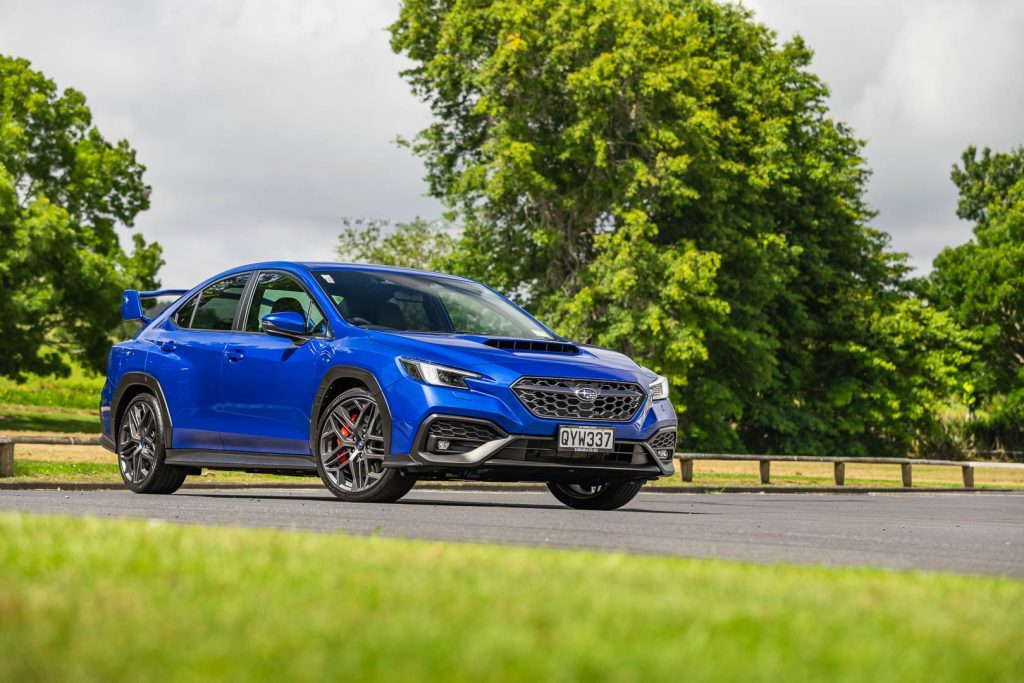
Bury the throttle and it drives off the curve without torque steer, wheel spin or traction control intervention.
It’s easy to slot your way around the six-speed at pace, wrenching it down into second and banging it through to third, then snatching fourth. There’s no throttle blipper but with well placed pedals, you can smooth out those downshifts yourself fairly easily.
The 202kW engine pulls okay, perking up with a turbocharged bump around the 2500rpm mark, but it runs out of revs sooner than you’d hope, the redline snagging things at 6000rpm. And the soundtrack is flat.
Mustn’t forget the brakes. These are a handy upgrade with plenty of power and a solid pedal feel. You can lean into them hard, helping sort that entry without upsetting the flow.
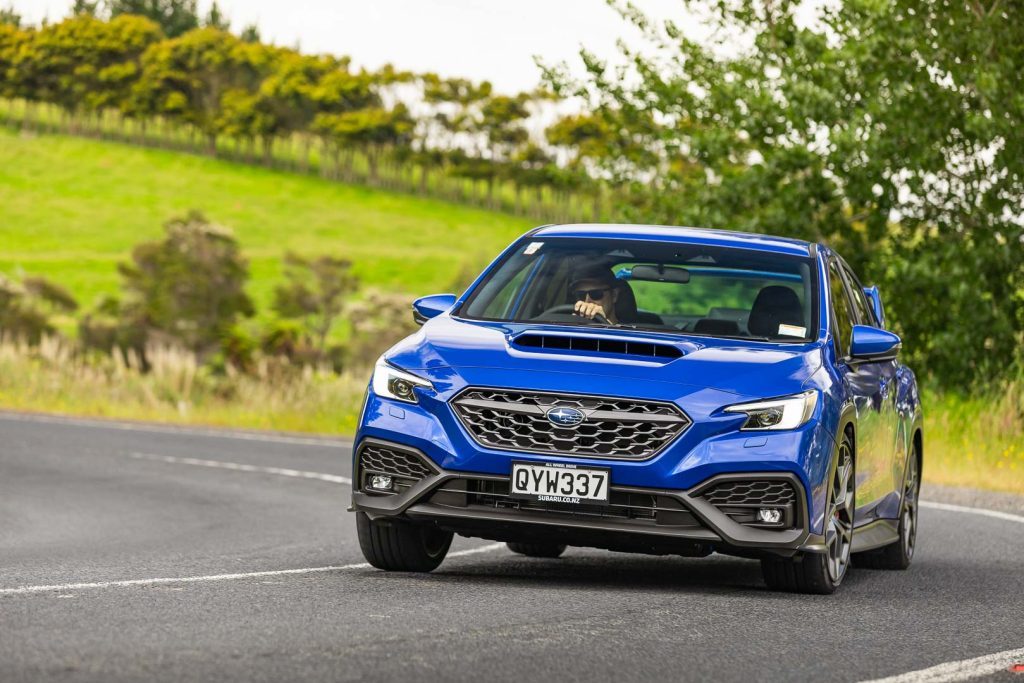
As to rivals, they are fewer each time we drive the WRX. Alternatives like the i30 N and Focus ST aren’t currently available here while the Leon VZ, a wagon, is $77k, the Type R $72k.
There’s the GTI and Octiava RS at the $70k mark, while the GR Corolla is the same money. That would get us thinking. But it’s good to see there’s still some life in the real world performance car realm.
Hopefully the WRX sticks around a little longer.
The Todoroki celebrates three decades of the WRX, so we thought we’d check out a first-gen car to see how far things have progressed. We had intended to line these two up, but plans of mice and men and all that.
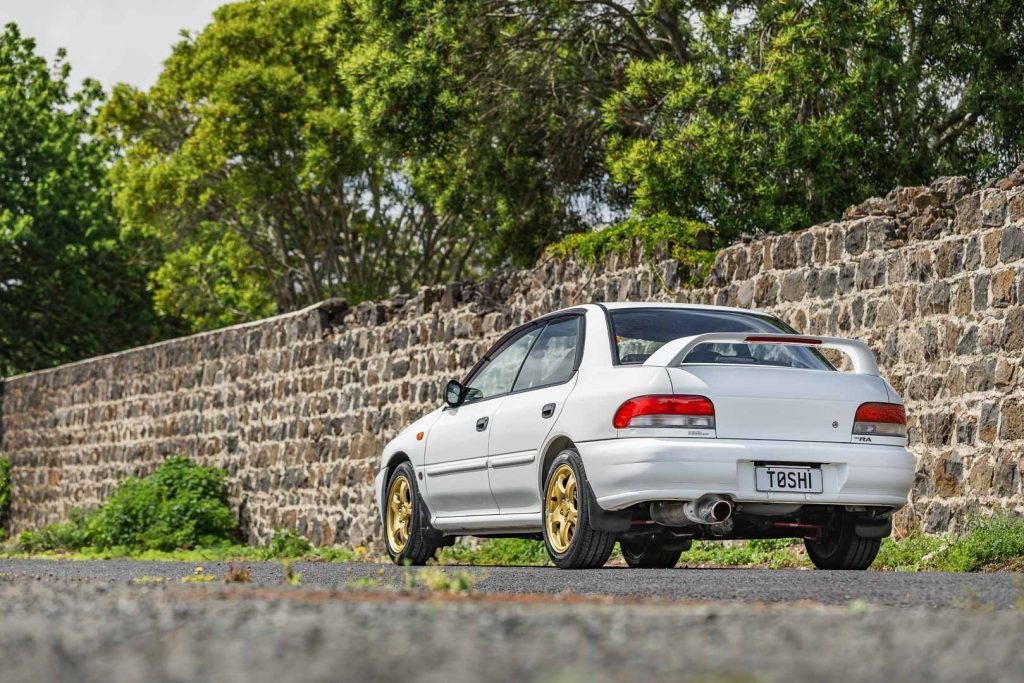
Still it was good to check out this 1996 GC8 first gen, owned by Aucklander Mike Connell. It’s of the RA variety, the Record Attempt models rolling out of the factory ready for race prep.
As such they didn’t come with spotlights or a spoiler, had black mirror caps and unpainted doorhandles and the rear wiper was deleted. Inside there was no radio, it had manual window winders and AC was optional.
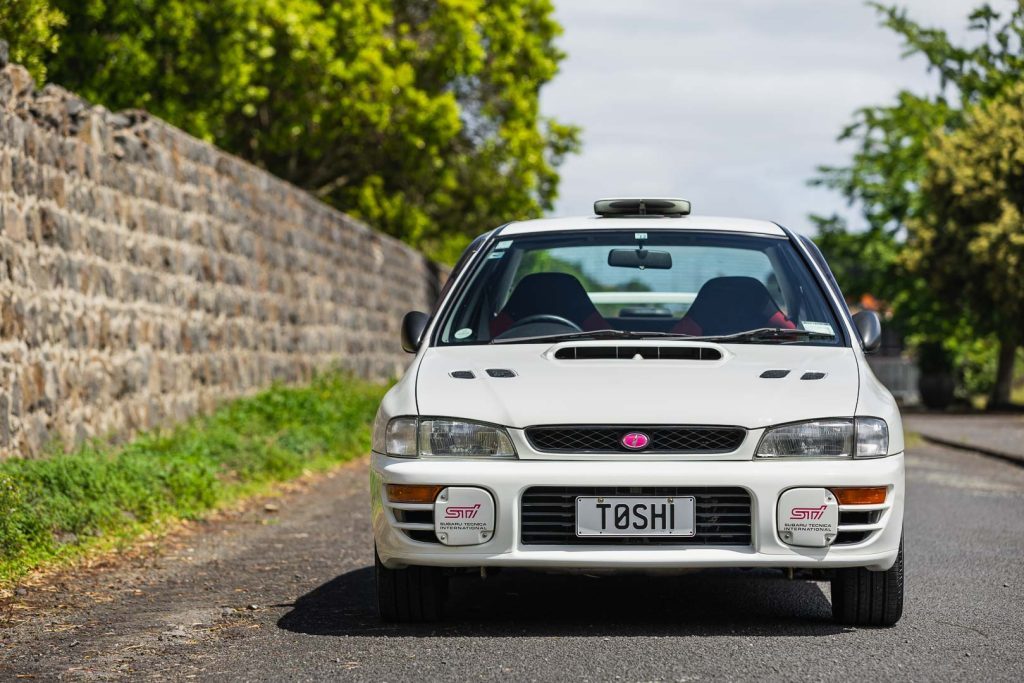
Mechanically it gained a close ratio gearbox with a 3.9:1 final drive ratio to keep the engine singing. And with no sound deadening and lightweight glass, you could really hear it.
There was no ABS and the AWD set-up consisted of an open diff at the front, an LSD centre diff and a mechanical locking rear diff.
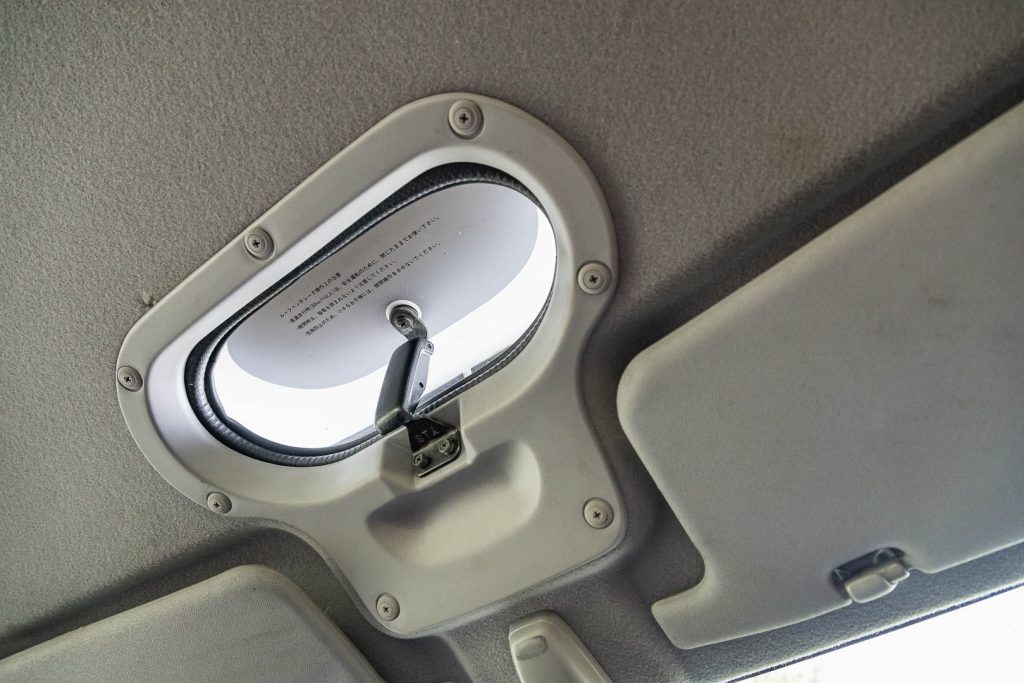
These are relatively rare now, most having been sacrificed to motorsport (or the modified scene) though this one is a recent arrival to NZ.
“I spent seven months waiting for something like this to come up,” says Mike.”I looked at a modified one but it had five previous owners. No offence to Kiwis, but I thought back to how we treated these cars as young fullas and thought I’d pass.”
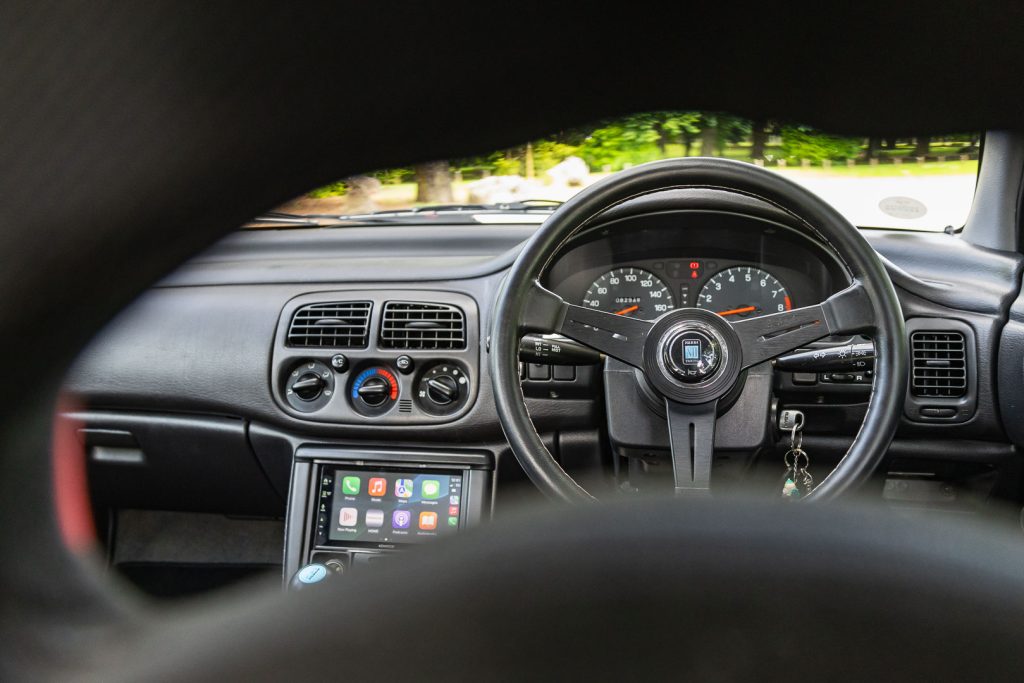
This car’s a survivor, having done 83,000km and they are hard to come by in this condition. Most of the extras like the spot lights and wing were added in Japan while Mike put the mirrors on, some horrendously expensive S201 items.
Having owned various WRX, Evo and GTiR models in his youth, he likes the 4WD rally reps of the era. “The newer cars are bigger, heavier, more complex. l like a pure driver’s car, like this. It’s noisy, lightweight, a real mechanical experience.”
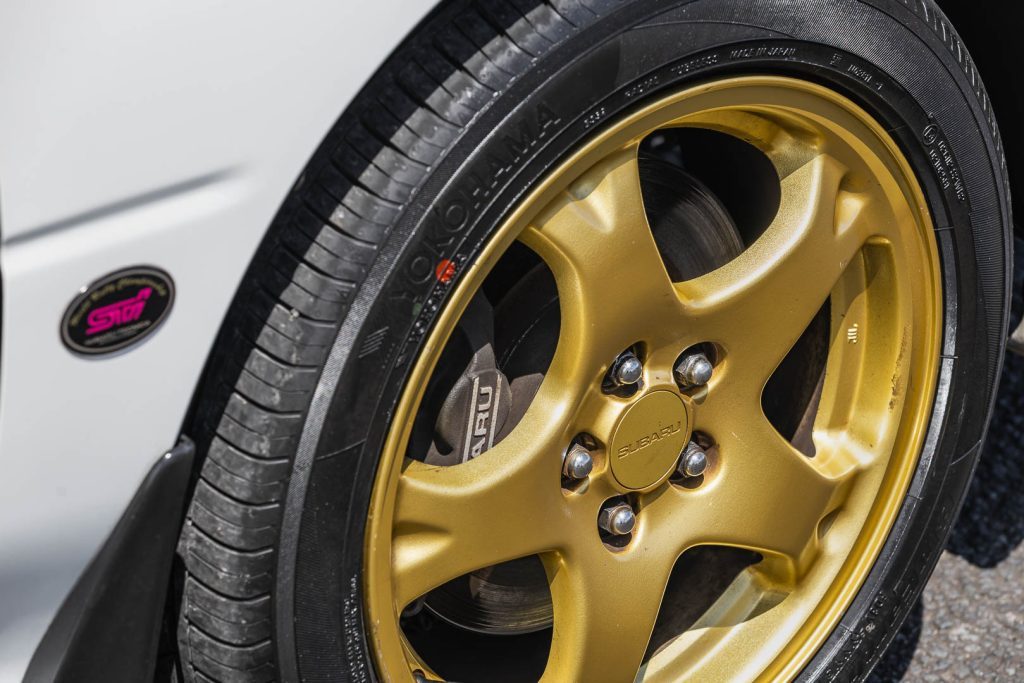
And you forget how small they are. The RA measures up at 4.34m long, is 1.69m wide and weighs in at 1180kg. For comparison the Todoroki is 4.67m long, 1.82m wide and 1550kg.
“I’ll take the RA to a car meet and people just walk right past it. There’s not a huge amount of interest in it. Even my wife, who has a Version 7 STI, doesn’t understand the appeal.
That’s the thing about getting to middle age, you get selfish. Some people buy a boat, or a Harley, I bought an old Subaru.
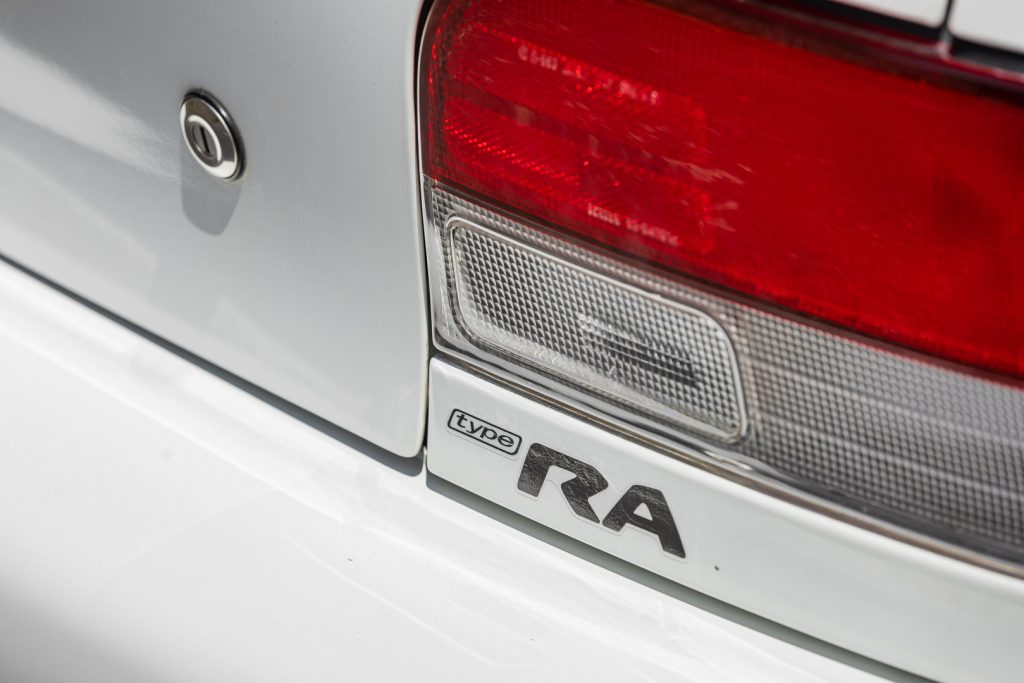
It’s a bit of nostalgia, I love driving it, and every time I see it in the garage it makes me smile.”
| Model | Subaru WRX Todoroki |
| Price | $64,990 |
| Engine | 2397cc flat-4 / DI/T |
| Power | 202kW@5600rpm |
| Torque | 350Nm@2000-5500rpm |
| Drivetrain | 6-speed manual / AWD |
| 0-100 km/h | 6.44s |
| Fuel Use | 11.0L/100km |
| C02 Output | 253g/km |
| Weight | 1550kg (claimed) |
This article first appeared in the December/January 2025 issue of NZ Autocar magazine.


